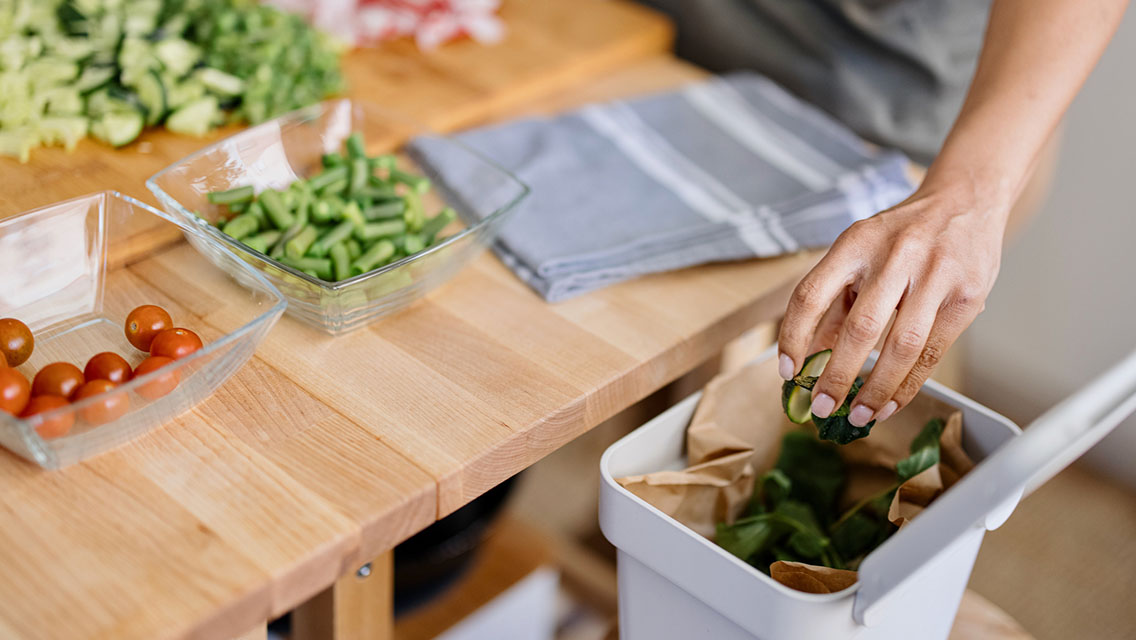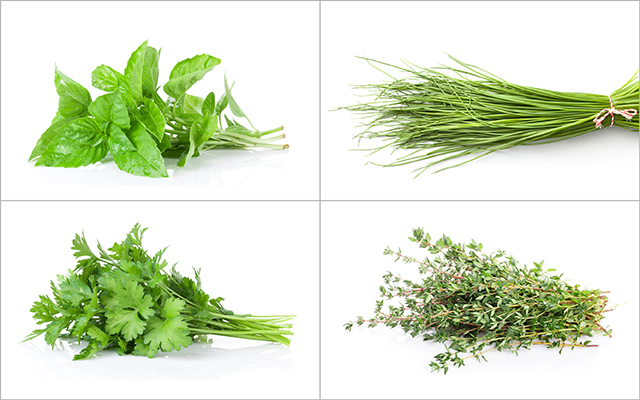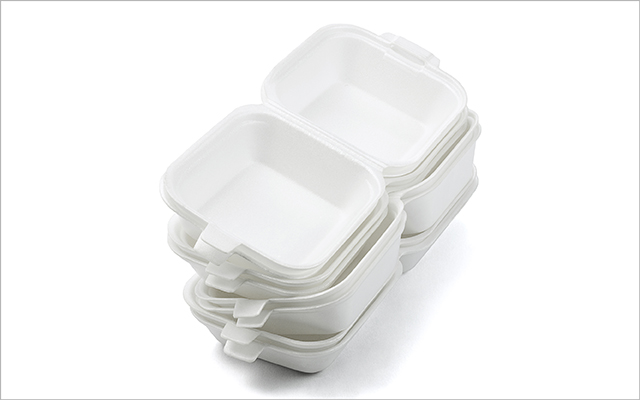No matter how green your thumb, home composting offers any gardener a leg up. It improves your soil’s water capacity, nutrient content, and fertility — so you can forgo fertilizers and conserve H2O while growing healthier, hardier plants.
What’s more, keeping food scraps out of the trash eases the strain on our planet. The Environmental Protection Agency estimates that 30 million tons of food waste goes into landfills each year, generating more than 3.5 billion tons of greenhouse gas.
It’s easy to start composting at home, and there are plenty of ways to do it. We like this odor-minimizing method.
1. Choose your site. Build or buy a bin — a plastic trash can with a lid works great — to contain your compost, and place it in a convenient location in your yard. (Sun exposure will speed up the process.)
2. Mix. Most organic materials can be composted, including yard waste and kitchen scraps — just avoid meat, bones, dairy, eggs (shells are OK), pet waste, and anything containing fat or oil. (See our chart below for more dos and don’ts.)
3. Wait. These materials will rot no matter what, but to speed up the process, use a shovel or pitchfork to turn your pile periodically — every two weeks in the spring and summer, and every four weeks in the autumn and winter (unless it’s frozen). Blending in soil from your garden will add some beneficial organisms.
4. Water. Once your materials start breaking down, check occasionally to see if they need watering. Grab a fistful of the compost — it should feel damp but not soggy, like a wrung-out sponge.
5. Sniff. When your compost has a musty, earthy smell, and the scraps are mostly unrecognizable, you’ve hit pay dirt.
6. Use. Sprinkle compost in your garden, spread it over your lawn, or mix it with potting soil to keep your houseplants happy and healthy. Before using, sift out large items that are slower to break down, such as twigs, corncobs, or avocado seeds.
| Can Be Composted | Can’t Be Composted |
|
|
Build Your Own

- Drill several holes in a bin for aeration.
- Start with a 3-inch layer of carbon-rich “brown” material, like dried leaves, dead flowers, or other yard waste.
- Add a 3-inch layer of nitrogen-rich “green” material, like kitchen waste or fresh weeds.
- Top with a bit of soil and a second brown layer, then cover with water until moist. Continue to add scraps between layers of brown materials and soil.




This Post Has 0 Comments